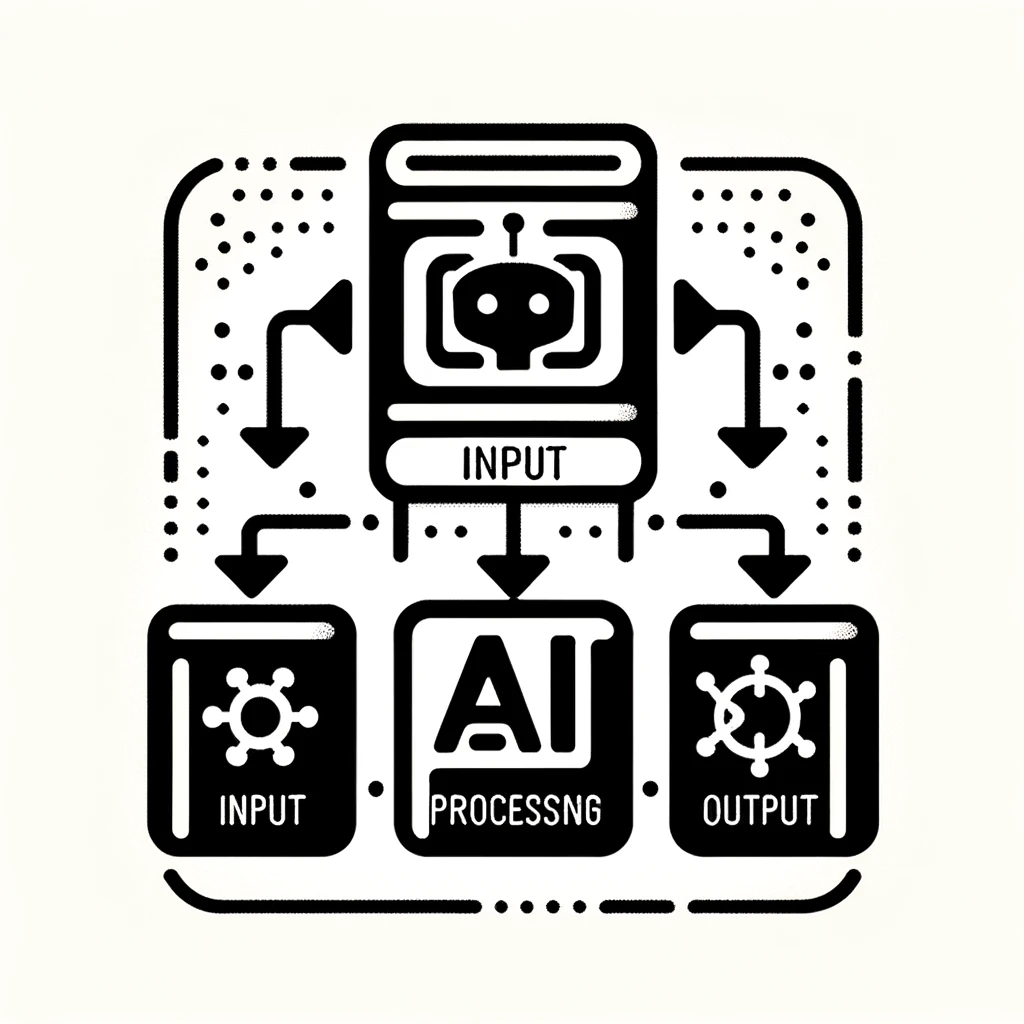Migrating from Oracle, MSSQL, or other purely relational database systems to a multimodel InterSystems IRIS is a strategic decision that requires careful planning and execution. While this transition offers significant benefits, including enhanced performance, scalability, and support for modern architectures, it also comes with challenges. In this article I will highlight some of the considerations connected to coding to ensure a successful migration. I will leave everything connected to an actual migration of structures and data outside the scope of this article.
.png)
First, when you're considering migrating to a different database system, you need to understand your business logic, whether it's on the side of the application (application server) or the database server. Basically, where do you have your SQL statements that you will need to potentially rewrite?



.png)

.png)

.png)

.png)